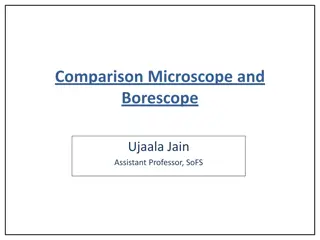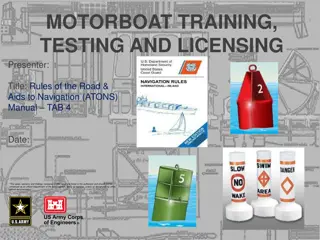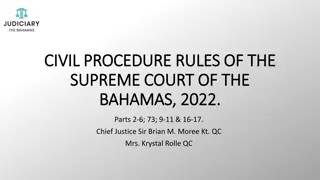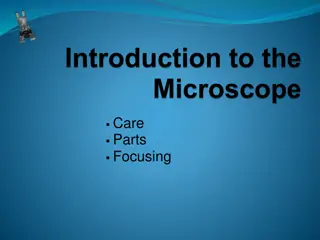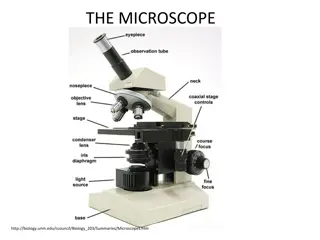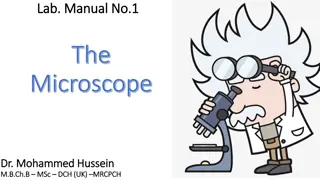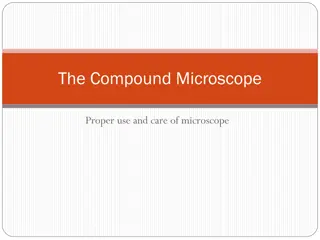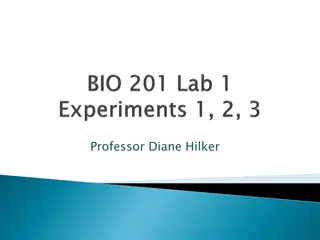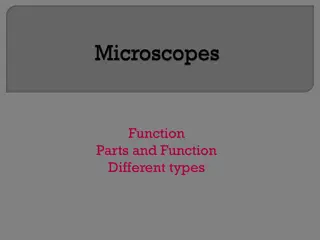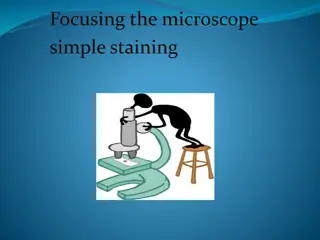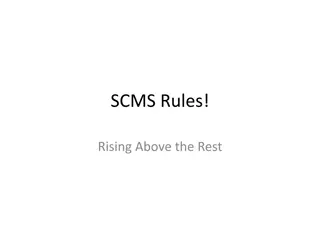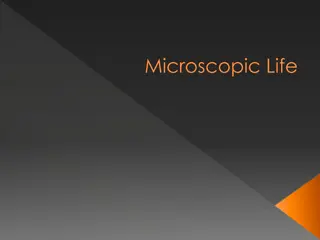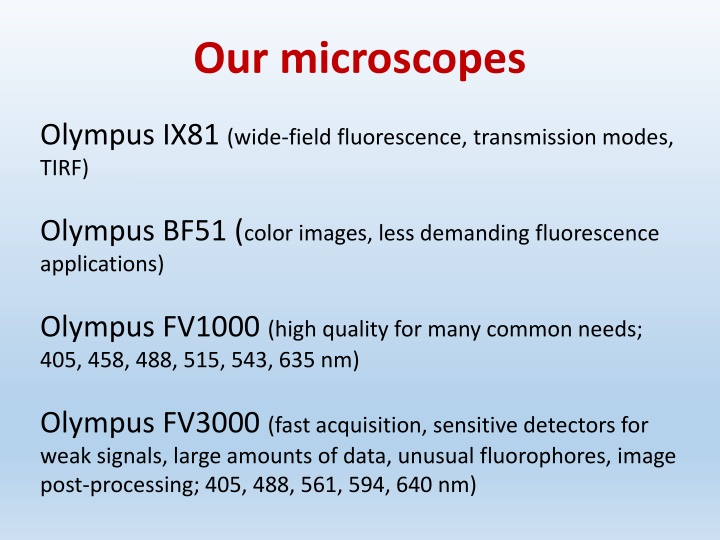
Microscope Equipment and Operating Guidelines
Explore a range of Olympus microscopes from IX81 to FV3000, their features, applications, and maintenance tips. Understand confocal vs. wide-field microscopy, FV1000 vs. FV3000 comparison, microscope objectives, handling oil, coverslip importance, and user sign-up protocols.
Download Presentation

Please find below an Image/Link to download the presentation.
The content on the website is provided AS IS for your information and personal use only. It may not be sold, licensed, or shared on other websites without obtaining consent from the author. If you encounter any issues during the download, it is possible that the publisher has removed the file from their server.
You are allowed to download the files provided on this website for personal or commercial use, subject to the condition that they are used lawfully. All files are the property of their respective owners.
The content on the website is provided AS IS for your information and personal use only. It may not be sold, licensed, or shared on other websites without obtaining consent from the author.
E N D
Presentation Transcript
Our microscopes Olympus IX81 (wide-field fluorescence, transmission modes, TIRF) Olympus BF51 (color images, less demanding fluorescence applications) Olympus FV1000 (high quality for many common needs; 405, 458, 488, 515, 543, 635 nm) Olympus FV3000 (fast acquisition, sensitive detectors for weak signals, large amounts of data, unusual fluorophores, image post-processing; 405, 488, 561, 594, 640 nm)
Confocal or wide-field? Use confocal for: thick samples precise localization of a fluorophore strong autofluorescence Use wide-field for: initial sample check small or flat cells some quantitative applications (ask MM) through plastic
FV1000 or FV3000? Similar quality for most typical samples
Understanding objectives Oil High resolution (NA 1.42) No oil Intermediate resolution (NA 0.75)
Oil on objectives Wipe oil after use (2-3 swipes with lens tissue) This is what happens after oil has been left on the objective for a few days
Coverslips #1.5 (0.17 mm) are the best! This is especially important for dry objectives Coverslips must be clean and dry (no mounting medium on the top surface!)
Sign-up Only trained students are allowed to use any microscope Login on confocal microscopes is enabled only for trained users All except FV3000: Sign up in room A202 FV3000: make reservation on scheduling.science.kent.edu limit to 4 hours per user per day can use more time if available within 24 hours notify the next user if finished earlier than planned

